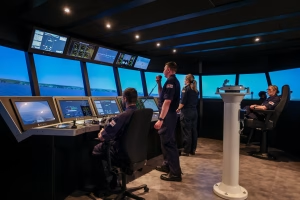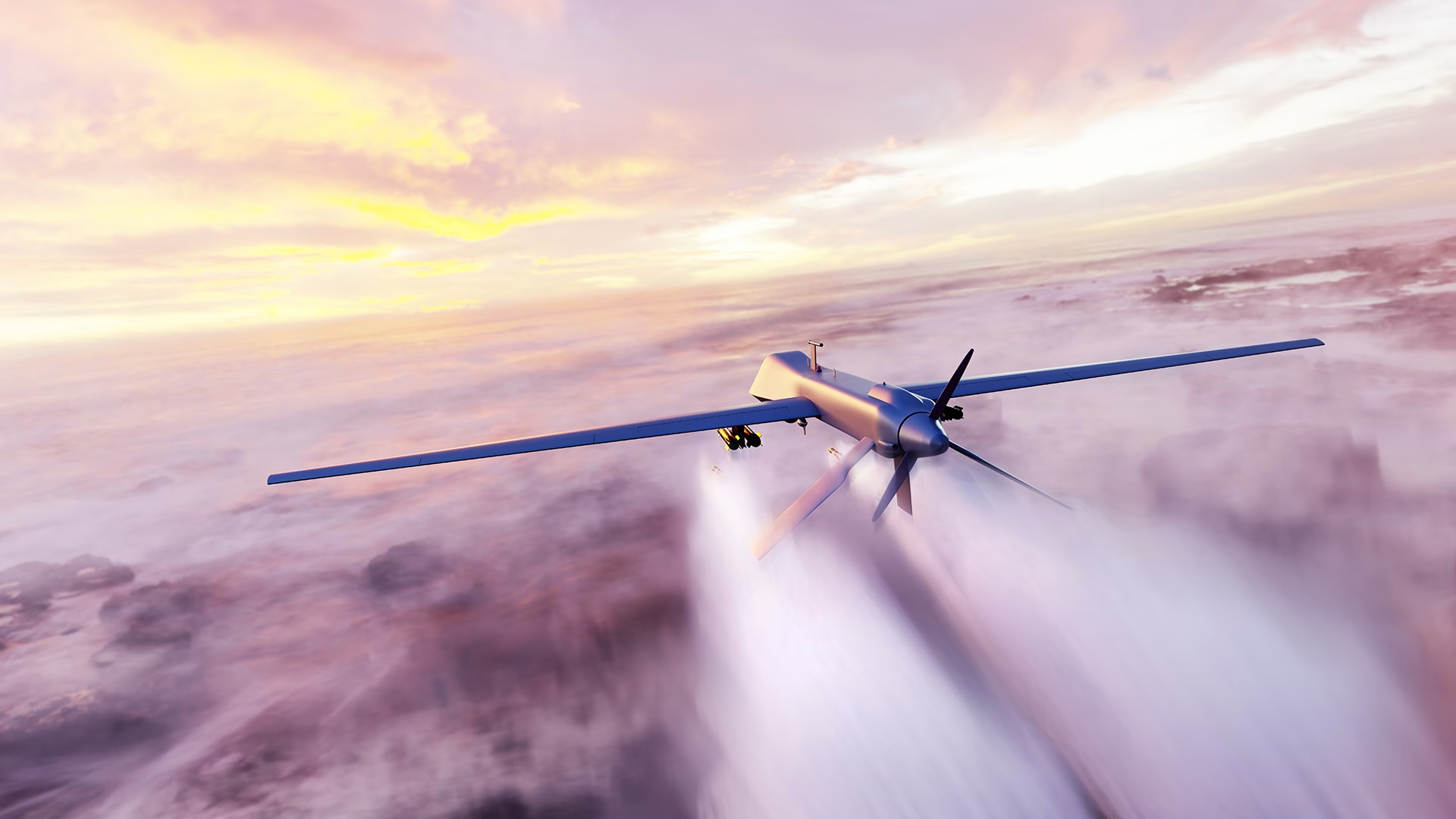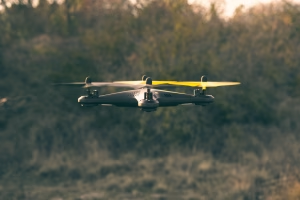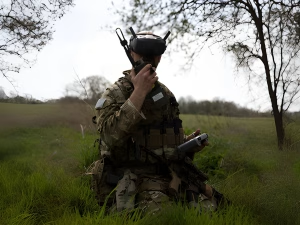
How Scenario-Based Training Builds Real Operational Readiness
We explore why scenario-based training delivers superior results for operational roles and how immersive VR technology is removing those barriers.
We now face an inflection point where traditional training constraints – location access, weather dependencies, budget cycles – are no longer logistical inconveniences but strategic vulnerabilities.
The most capable forces of the next decade – perhaps beyond – won’t be those with the largest training budgets or most extensive ranges, but those capable of harnessing synthetic environments to accelerate their readiness and amplify their human potential.
Virtual reality represents a fundamental shift in how we think about preparation for conflict – from limited live practice to always-on, custom built environments where teams can master skills through safe, repeatable learning.
Limitations to live practice aren’t new – but today, they are potentially at their most severe.

Increasingly reduced access to locations means booking conflicts and weather delays restrict repetitions when units need them most. Budget pressures demand reduced live-fire availability and platform hours while somehow increasing training frequency.
Threat evolution, meanwhile, continues to outpace traditional training cycles as adversaries adapt faster than conventional programmes can respond. And joint integration remains logistically complex and expensive, creating friction that undermines multi-service effectiveness.
Virtual reality addresses all of these constraints directly.
Using game-engine technology, it’s capable of delivering unlimited repetitions of complex, detailed scenarios with precision accuracy.
A single VR investment can also scale across entire force structures, dramatically reducing costs while increasing frequency and intensity. While real-time scenario updates match current intelligence and emerging tactics, techniques and procedures, so teams can keep pace with threat evolution.
The technology also now provides mission-critical capabilities that directly enhance operational readiness.
High-fidelity simulations can replicate any environment and scenario based on actual threat assessments. Units can train in exact replicas of deployment areas – specific compounds, maritime locations, urban districts – arriving with terrain familiarity from day one.
Repeated exposure to these high-threat scenarios builds automatic responses without real-world consequences, while objective performance metrics on decision speed, accuracy, and team coordination identify capability gaps before deployment.
A single VR investment can also scale across entire force structures, dramatically reducing costs while increasing frequency and intensity.
Current operational applications span the full spectrum of military activities.

Counter-UAS training allows practice with identification, engagement sequences, and electronic warfare countermeasures against realistic swarm behaviours.

Urban operations encompass close-quarter combat, room clearing, and civilian interaction protocols in photorealistic environments.

Maritime environments include boarding-party procedures, contested water navigation, and damage control training.

Aviation readiness maintains currency in degraded visual environments while rehearsing emergency procedures and complex mission profiles.

Multi-domain coordination enables synchronisation of fires, ISR handoffs, and battlespace management across air, land, sea, cyber, and space domains.
Virtual reality doesn’t replace live training. It optimises the entire training pipeline.
VR builds muscle memory, preparing teams for complex scenarios and high-risk operations, allowing live budgets to focus on final validation and certification where they deliver maximum value.
Adversaries train continuously; response capabilities should match that tempo.
Virtual reality transforms training constraints into competitive advantage, scaling readiness without scaling risk.
For forces serious about maintaining operational superiority in an increasingly complex threat environment, VR isn’t optional. It’s essential.
Connect with our defence specialists at DSEI to discuss your specific operational requirements.

We explore why scenario-based training delivers superior results for operational roles and how immersive VR technology is removing those barriers.

For small and medium-sized enterprises in the UK defence sector, the 2025 Strategic Defence Review and Spending Review is pivotal.

Explore how VR training is reshaping UAV skill development. In light of the SDR, discover why immersive simulation is now critical for defence and commercial drone teams.